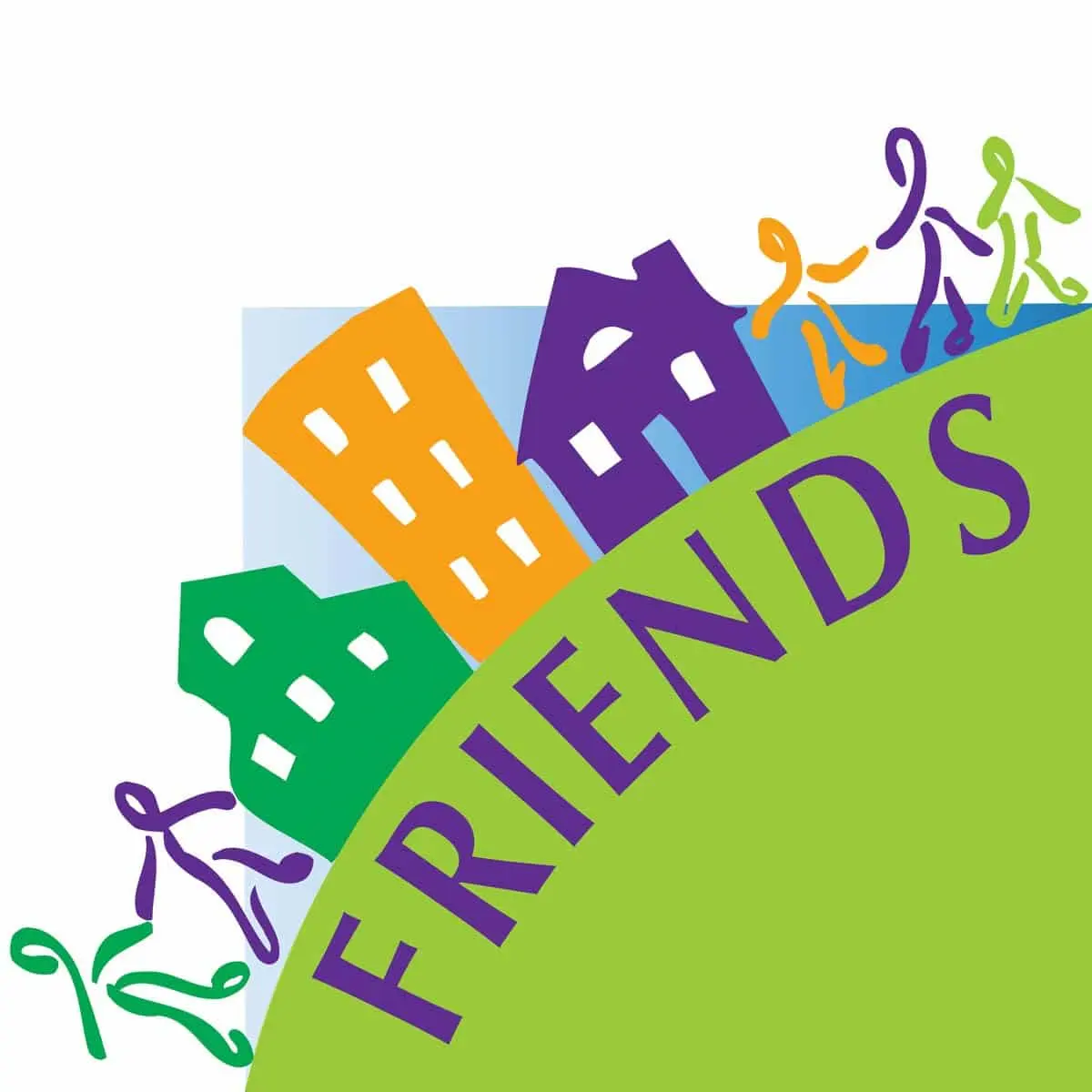Identify Partnerships
Examine the landscape to determine if your public awareness campaign relates to other active initiatives at the local, regional, state, or national level.
This may include partnering with other agencies including child welfare, healthcare, advocacy groups, and family serving agencies that have related campaigns or initiatives to reach a broader audience. These partnerships may maximize resources. FRIENDS also strongly encourages involving parents in developing and reviewing your campaign messages.
The New Hampshire Children’s Trust (NHCT) partnered with other family serving agencies such as the Parent Information Center (PIC) and NH Family Voices (NHFV) to create the YOUR VOICE Campaign, an effort dedicated to celebrating the critical role family voice plays in human service systems such healthcare, education, and family resources. The NH Children’s Trust, PIC, and NHFV launched a series of short films, podcasts, a Family Voice Toolkit, and a robust social media campaign featuring real families and service providers. This campaign is one step toward working for systematic change throughout NH institutions, so family voice/parent engagement can inform decisions at every level of human services. For additional family engagement tools and frameworks, please see https://picnh.org/family-engagement-resources/
The public health sector has been at the forefront of many public engagement and education campaigns focused on changing social norms and positively impacting health behavior (e.g., prevention of drinking and driving, smoking cessation, and promoting healthy nutrition). Public health may be a good partner as it is well suited to take on a similar leadership role in changing social norms in support of parents and positive parenting to prevent child abuse and neglect.
Building on increased public awareness using a social marketing approach, the Breaking the Cycle campaign promoted the benefits of not abusing children and helping parents understand the cycle of abuse (i.e., children learn from their parents). The campaign was effective in changing parents’ emotional abuse of their children and children’s exposure to parental conflict1. A post-campaign survey showed that up to 44% of parents had contemplated changing their behavior and up to 16% had tried to stop yelling at, swearing at or putting their child down, and fighting or arguing in front of their children. A pre- and post- comparison of another campaign, Accentuate the Positive, focusing on positive parenting showed a 10% decrease in the stigma associated with parents needing help in parenting2.
Additional resource: Mary Kathryn Poole, David W. Seale, & Catherine A. Taylor. “A systematic review of universal campaigns targeting child physical abuse.” Health Education Research, 29, #3 (2014): 388-432.
1Sue Stannard, Susie Hall, & Joan Young. “Social marketing as a tool to stop child abuse.” Social Marketing Quarterly, Volume 4, Issue 4, (1998): 64- 68.
2Nadine Henley, Robert J Donovan, & Helen Morehead. (1998). “Appealing to positive motivations and emotions in social marketing: Example of a positive parenting campaign.” Social Marketing Quarterly, Volume 4, Issue 4, (1998): 49-53.
